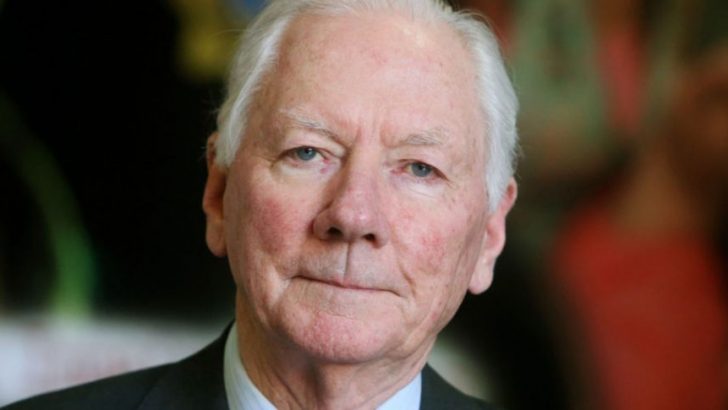Many tributes have been paid to the late Gay Byrne who died this week. He dominated much public debate in the second half of the last century and was a towering figure in broadcast journalism.
In some ways, his television and radio programmes were a mirror being held up to an Ireland where many people were itching to ditch conservative forces that had dominated the early years of the new southern State. Without doubt, the Catholic Church was seen by many as one such institution and Mr Byrne was often cheered by more liberal-minded commentators for taking on the might – perceived or otherwise – of the Catholic Church.
As Mary Kenny points out in this newspaper, the Church often gave Mr Byrne an open goal (see Gay retained the Catholicism his mother brought to him).
Dominant
There’s no question that the Church in Ireland of the 1950s and 1960s had become excessively dominant. This led the institution in some ways to become inward-looking (what Pope Francis might now describe as self-referential). It was a point taken up extensively by Archbishop of Dublin Diarmuid Martin this week when he was paying tribute to Mr Byrne.
The archbishop said that when the Late Late Show came on the scene, the Church in Ireland was “locked in a world of its own”. He said the Church had become “out of touch”.
There’s undoubtedly truth in that. But as any historian of the time will tell you, the picture is more complex and competing realities often exist side-by-side.
The triumphalist Church of the 1950s that some commentators complain about was also the Church that produced heroic missionaries who brought compassion to the ends of the earth and comforted and empowered some of the most vulnerable people on the planet.
Pioneers
It was also the Church of pioneers like Frank Duff who cried ‘stop’ when he saw the petty snobbery that afflicted Irish society at large and went out of his way to help those who were in need. It was the Catholic Ireland of men like Fr Edward Flanagan who warned both Church and State of the dire consequences of institutionalising children.
It was the Church of an expanding social service all across the country that worked to alleviate the grinding poverty that was part of every community in Ireland at a time when many politicians either didn’t care if the State lacked the resources to help.
In convents, and Catholic schools and parochial houses in every parish in the country priests, religious and lay Catholics were the compassionate face of Christ to a people who knew hunger and thirst.
We need to be able to face our past as a Church conscious that it is a story of both saints and sinners”
Of course, there was the other side too. The shameful and criminal story of abuse in the Church must never be forgotten and the devastation caused, as laid out in the various reports, will forever be part of our story as a Church.
But, the paradox of our Faith is that the Church is always Christ hung between two thieves. It is always a story of joy and hope, sorrow and despair at the same time. The history of the Church is one of both glory and shame – often at the same time.
There’s a danger in the Church that we have become so used to other people telling our story – an often one-sided story – that we tend to take on that often hackneyed version of history and parrot it as if it is a simple and agreed narrative.
We need to be able to face our past as a Church conscious that it is a story of both saints and sinners. If we cannot find that nuance and balance, we can certainly not expect a hostile media or culture to do so.
I’ll be moderating a panel discussion ‘Good News: Media and Faith in a Secular Age’ at the Notre Dame Newman Centre for Faith and Culture at University Church in Dublin on Thursday, November 14 at 7.30 pm. It will include Anne Thompson from NBC News and Inés San Martín from Crux. It would be great to see you there. A reception will follow.


 Michael Kelly
Michael Kelly Gay Byrne
Photo; Dublin 98FM
Gay Byrne
Photo; Dublin 98FM 